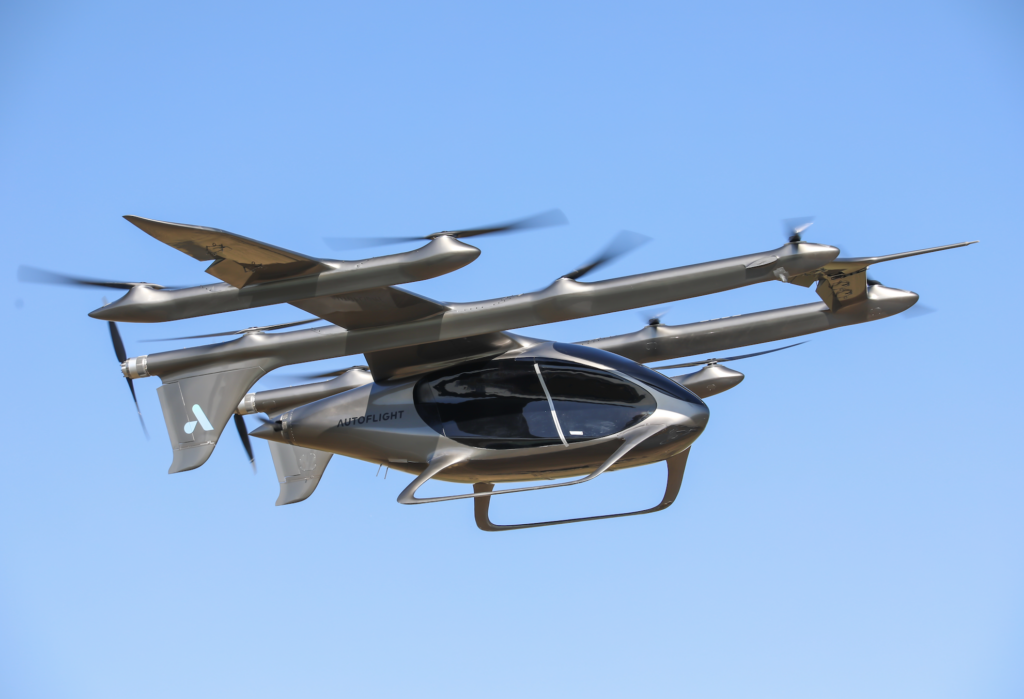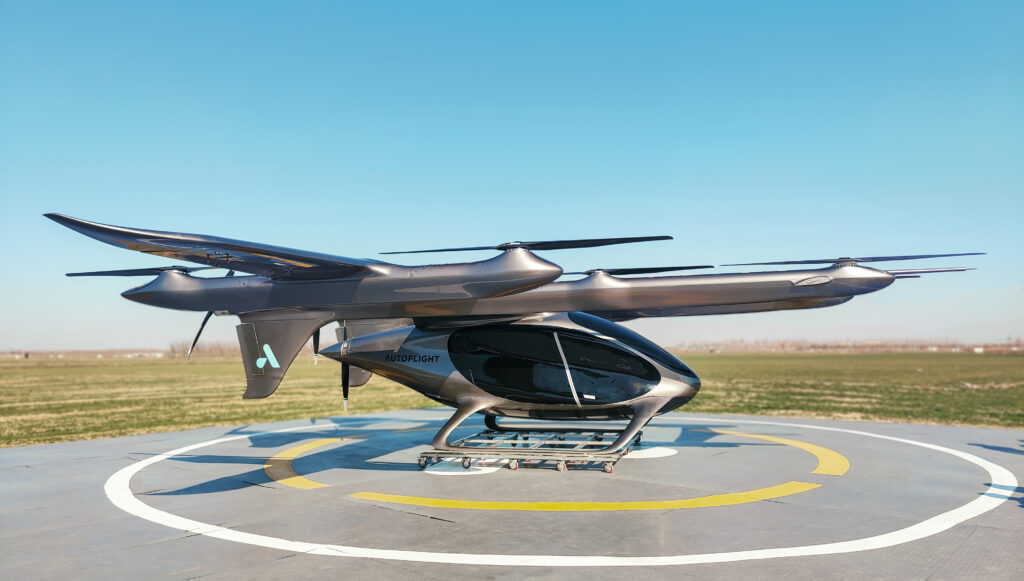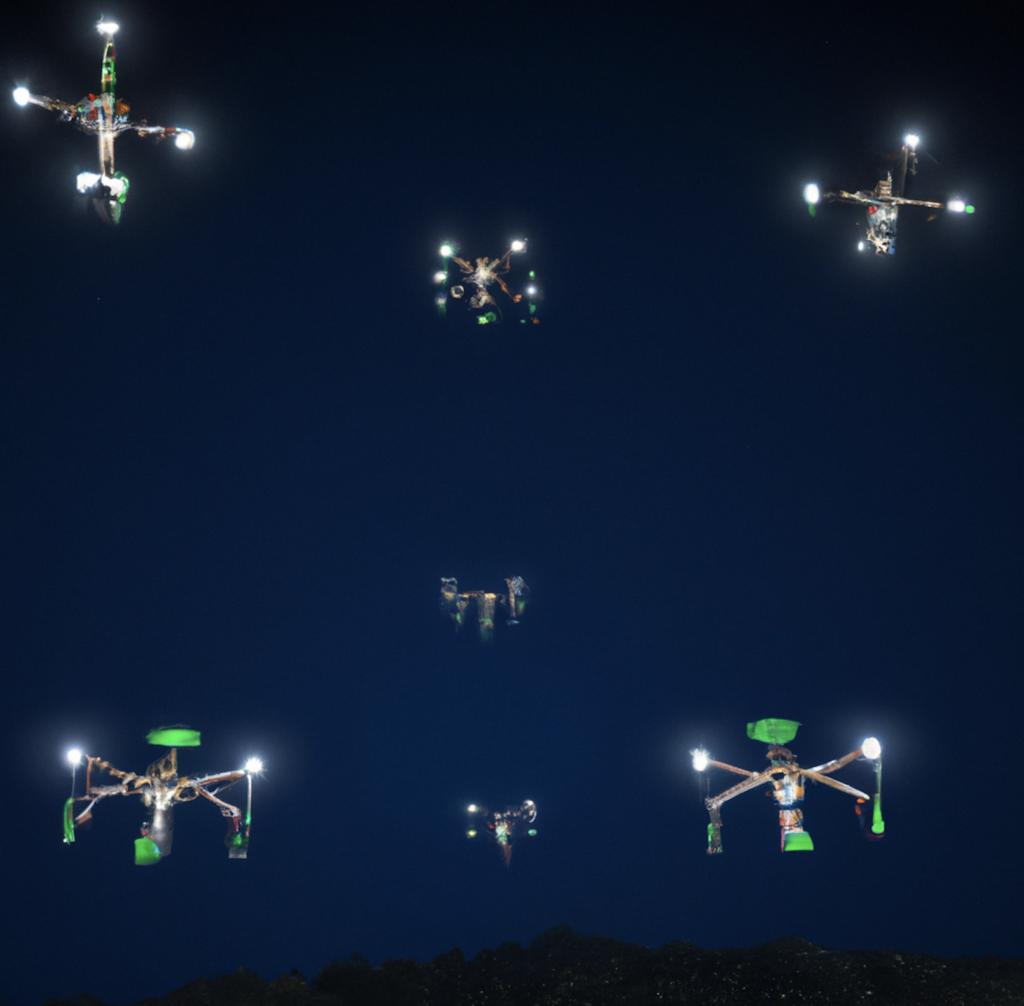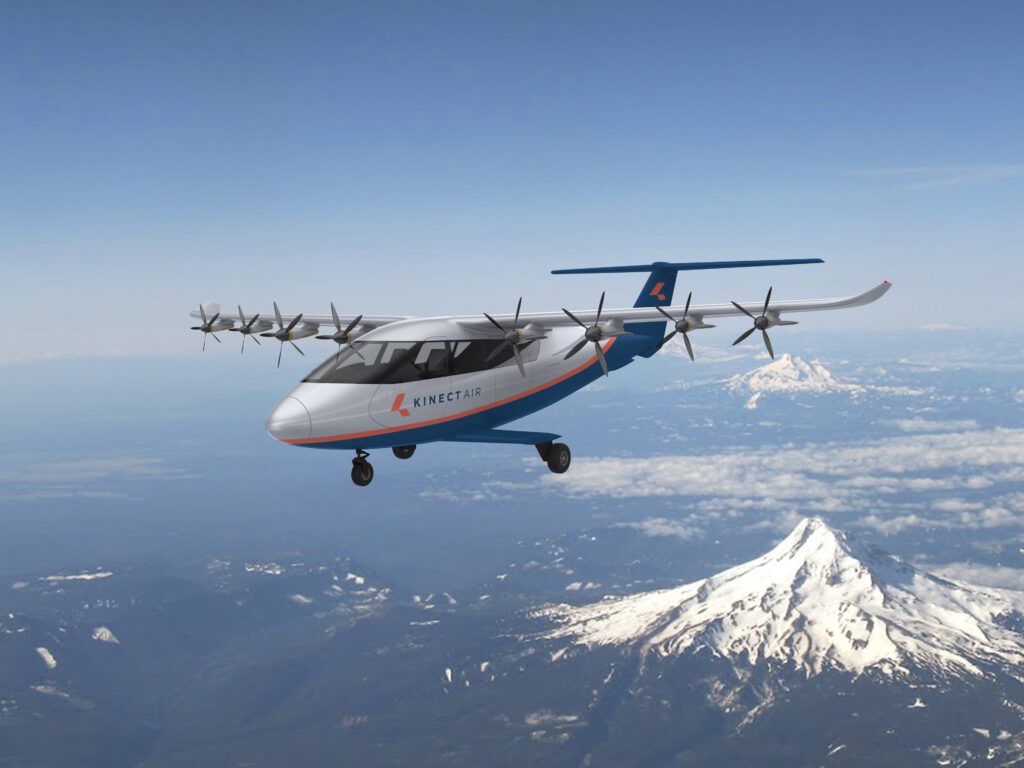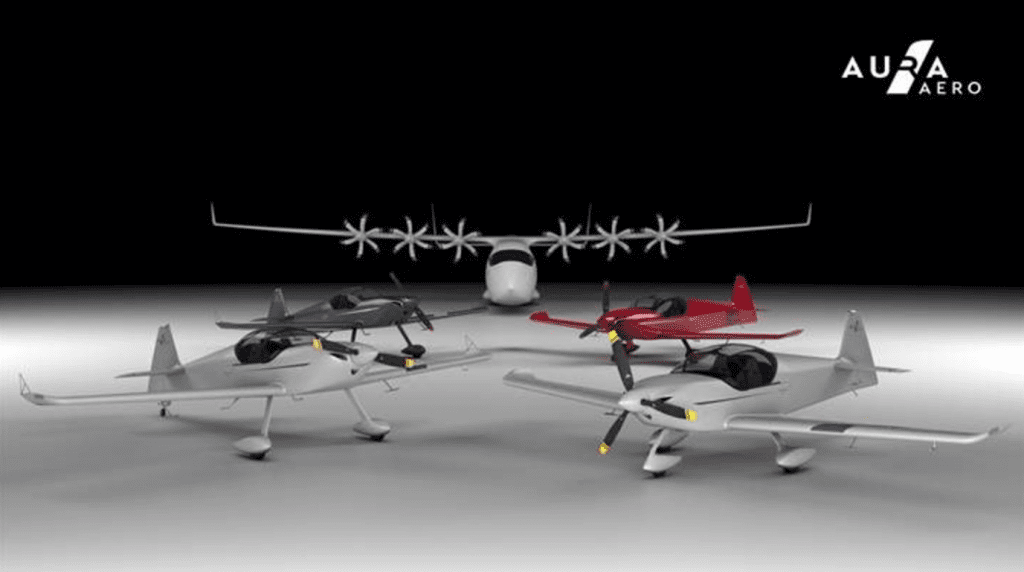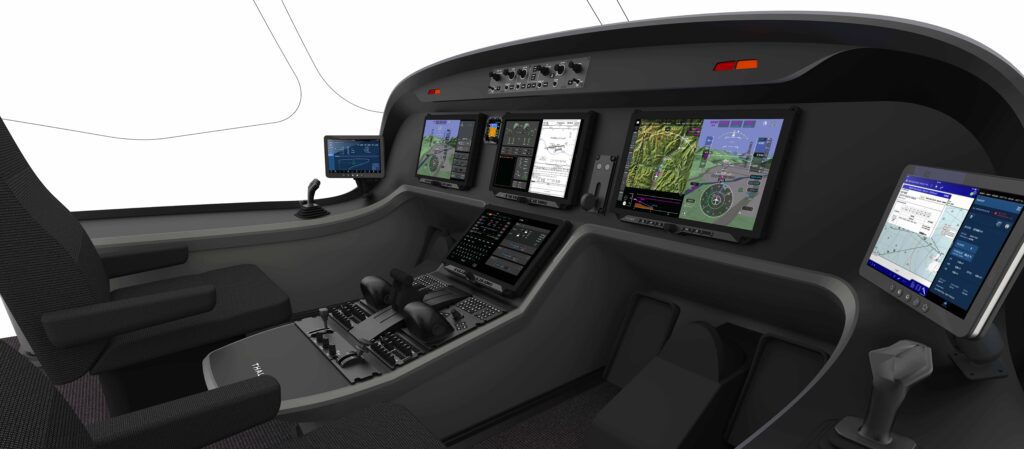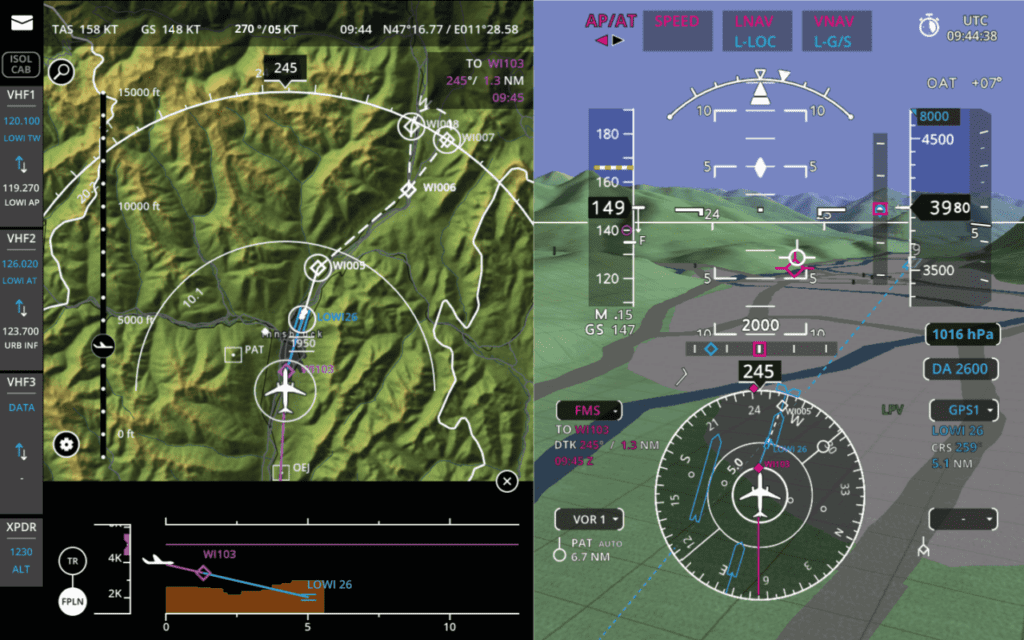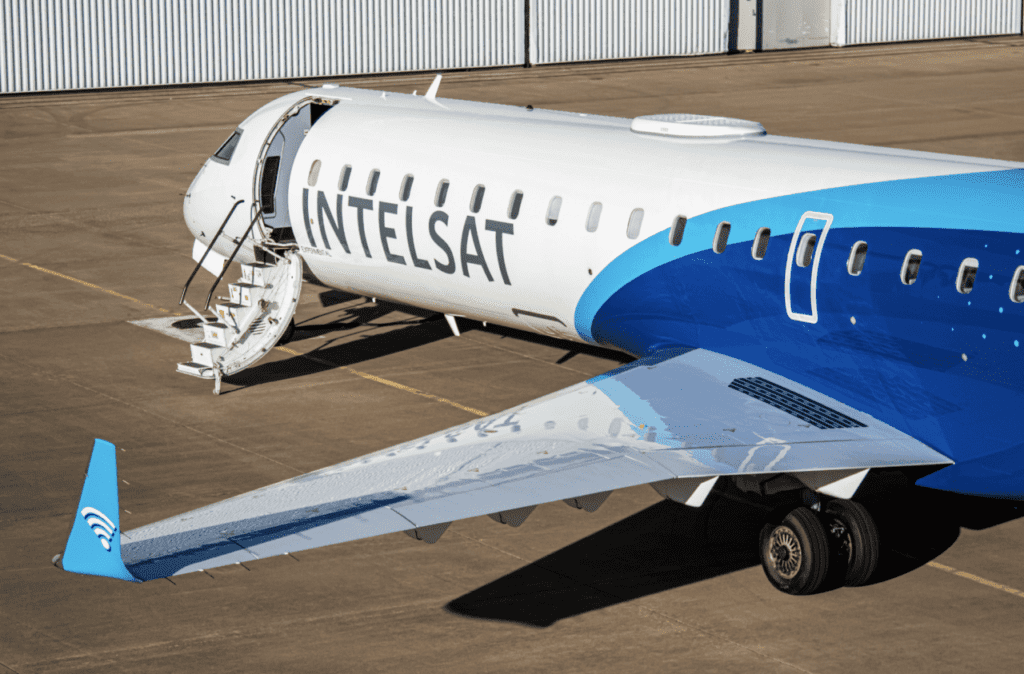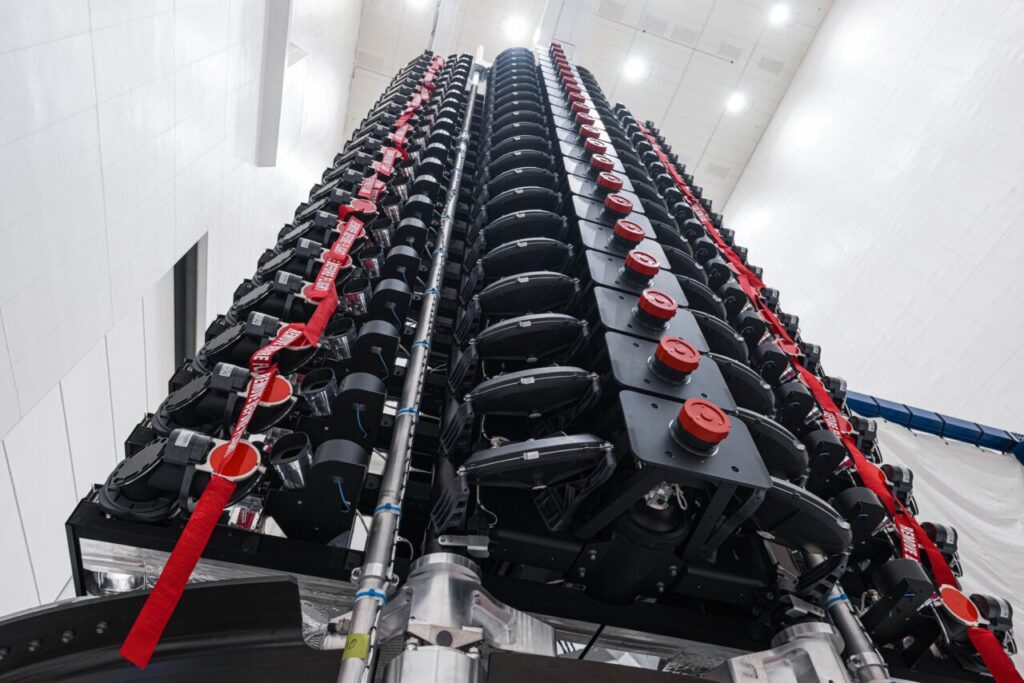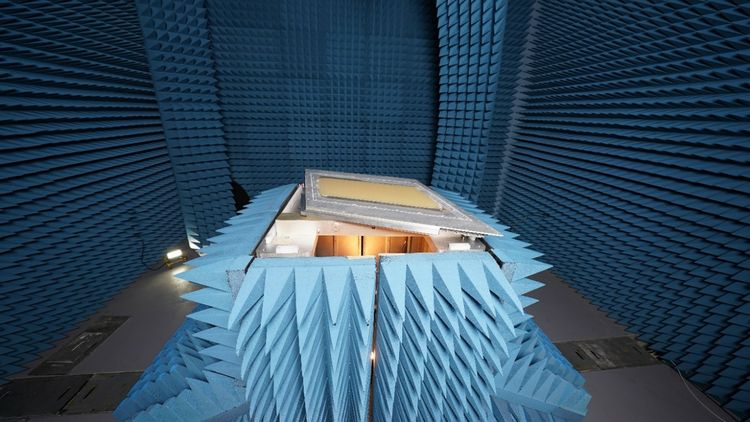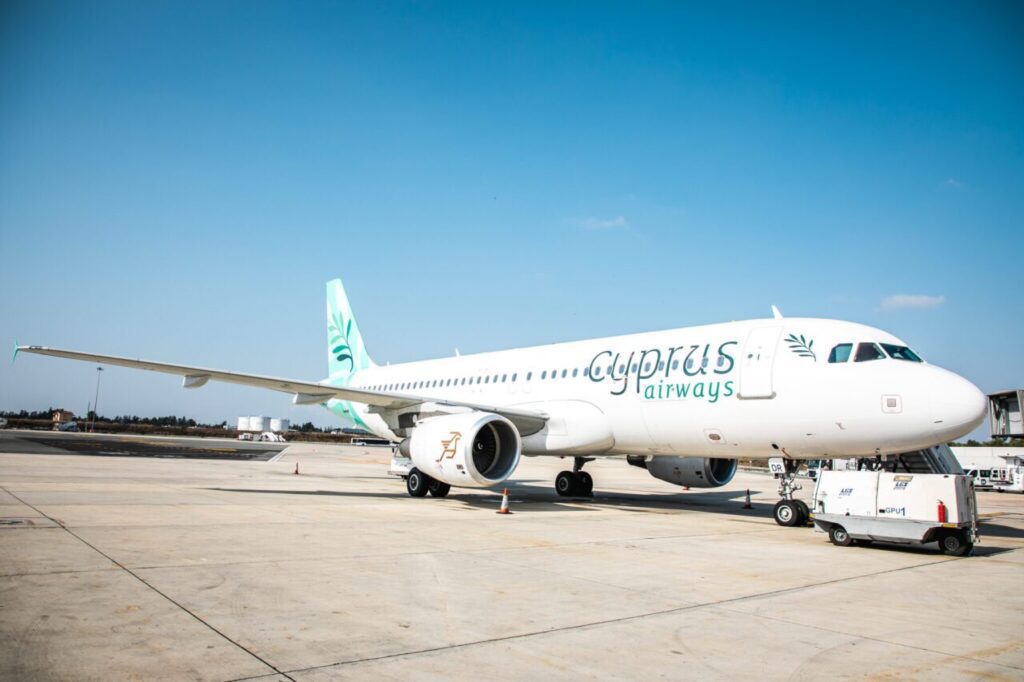

Aerospace and defense (A&D) executives know how to make the industry an attractive employer again. (Photo generated using DALL·E)
This article is contributed by Stephane Lagut, EY Global Aerospace and Defense Leader.
Across the world, our working habits have changed dramatically in the last few years. Very few industries have escaped this shift, and aerospace is no different. While still dealing with the effects of a massive dip in revenue, leading to large job losses across the industry, aerospace (along with other industries) is now facing what some are calling the Great Disengagement as it struggles to hire, retain and motivate its workforce.
In the last 12 months, many executives in the industry have noticed a sharp drop in employee engagement, a steep rise in turnover, and a frightening lack of response to the instruments they usually use to keep their factories and workshops staffed. In a recent survey by the Aerospace Industries Association, the American Institute of Aeronautics and Astronautics and EY, 41% of A&D executives told researchers they thought employees had become less engaged in the last 12 months and 69% said turnover had increased. Overall turnover rose dramatically in 2022, to 7.1%, up from 5.8% in 2021.
Many industries are experiencing similar trends. In the US alone, the Bureau of Labor Statistics reported that 47 million Americans either quit or changed jobs in 2021, and more are following now, in search of higher pay, career advancement or a better work-life balance. But the challenge facing aerospace and defense companies may be particularly acute, given their need for highly skilled and specialized workers, changing skill needs, and volatile customer demand.
Making Aerospace and Defense Attractive
Fortunately, A&D executives already know what they need to do to make the industry an extremely attractive employer again.
First, the employee value opportunity needs to be strengthened. The workforce survey found that people left for better pay (78%), a better job (75%), or enhanced flexibility and opportunity for remote work (31%).
Rather than let them walk away, executives say, companies need to give employees what they are looking for: Compensation programs should be reviewed (91%), better career paths offered (69%), and employees’ needs listened to and recognized (69%). Companies also need to provide more opportunities to develop leadership roles (59%) and learn more advanced skills (59%). Employees also want their own managers to be better trained, according to respondents (50%).
Some executives surveyed said they had seen positive effects on employee engagement from the use of virtual communications tools. A slight majority, for example, said they had seen a demonstrated impact from regular virtual team sessions (53%). Executives also noted positive effects of both team building sessions once or twice a year (50%) and virtual group sessions with advisors and peers (47%).
Next, the industry needs to work harder to attract women and minorities. Although most executives feel their company is committed “to celebrating and embracing different backgrounds, ideas and beliefs,” they acknowledge that they are still overlooking a lot of talent: Under 26% of the A&D workforce are women, just 1.6% more than in 2017. Hispanics have made somewhat better gains in percentage terms (from 6% to 9%), while the Black workforce is now 10%, up from 5% as in 2017.
Right now, university recruits that aerospace and defense executives say they most value have engineering skills (78%), followed by leadership, computer skills, or data analytics (all of them 47%). Over the next four to five years, fewer respondents expect they will be looking for skills in engineering (66%), data analytics (63%), and leadership (57%). They hire mostly through internships (88%), career fairs (88%), or sponsorship of important events, such as STEM fairs and technology competitions (72%).
Attracting new talent will also depend on developing more flexible working opportunities. Advances in IT are making it easier for people in many industries to work from home, particularly for highly skilled white collar knowledge workers. Currently, however, only 9% of the industry works on a fully remote basis, while 24% work on a hybrid schedule.
It is worth noting that disruptive market trends—geopolitical and economic pressures, supply chain reinvention, policy and regulatory pressures, etc.—are influencing workforce decisions beyond only flexible working considerations. Companies face questions related to the geographical location of their workforce in response to these market challenges and must have better visibility of the talent available in strategic regions of future investments. Access to these talent pools is likely to become more restricted as market challenges increase, adding an additional layer of uncertainty to expansion and growth initiatives.
Understanding the pool of new talent is limited and competition for new recruits is fierce, A&D companies may consider internal resources to fill gaps. Creating a closer connection between design and R&D to production—linking blue- and white-collar roles—will spur innovation processes, increase efficiencies, and potentially create a pipeline of talent from within, particularly when coupled with upskilling and re-skilling programs.
In addition, the sector must double down on purpose. Employees appreciate a strong connection to a career with real purpose or mission, beyond a profit motive. They want to play a role in realizing a future vision, one of significance to the greater good for humankind. In this area, aerospace and defense have an advantage over other industries: Companies in the sector are making air travel safer, protecting national security, and delivering the best they can to the military and other first responders to keep people safe. The sector is prioritizing sustainability and ESG initiatives, another purpose-driven asset attractive to recruits and employees.
A&D companies should be more direct in highlighting these traits to potential recruits and delivering on them to their current workers. Many A&D companies have developed corporate cultures that exhibit strong commitment to “the mission”—whether their own or that of their customer. This is an asset that can and should be used prominently as part of recruiting and retention strategies.
What else could be done to make aerospace and defense jobs more attractive? Respondents suggested rolling out better collaboration software (78%), online learning solutions (72%) or wellbeing initiatives that can be accessed from any location (69%).
Finally, executives believe their companies need to make a commitment to teach and learn a broad range of the advanced skills they will need to build tomorrow’s aircraft and defense systems. In 2021, companies focused mostly on web-based training (84%), peer-to-peer coaching (81%), and virtual instructor-led training (78%). Right now, A&D firms focus mostly on online leadership training (66%), engineering skills (44%), or cybersecurity (44%).
A&D has always been a highly cyclical industry. Rapid technological advances, high first-copy costs, and volatile demand are all elements that aerospace and defense executives have always had to manage. So, what’s different now? Today, A&D executives believe their employees are another important variable, one which requires additional investments, planning and actions to win the battle for talent.
Stephane Lagut is EY Global Aerospace & Defense Leader.
The post OPINION: How to Strengthen the Value Opportunity for Employees in Aerospace and Defense appeared first on Avionics International.
—————
Boost Internet Speed–
Free Business Hosting–
Free Email Account–
Dropcatch–
Free Secure Email–
Secure Email–
Cheap VOIP Calls–
Free Hosting–
Boost Inflight Wifi–
Premium Domains–
Free Domains
